Table of Contents
- Introduction: Your Essential Spice Starter Kit
- 1. Cumin – The Earthy Flavor Builder
- 2. Paprika – Vibrant Color and Mild Heat
- 3. Cinnamon – Sweet and Savory Essential
- 4. Turmeric – Golden Health Booster
- 5. Chili Powder – Controlled Heat Source
- 6. Coriander – Citrusy All-Rounder
- 7. Cardamom – Fragrant Flavor Enhancer
- Practical Spice Pairing Guide
- Conclusion: Building Your Perfect Spice Collection
- Frequently Asked Questions
Introduction: Your Essential Spice Starter Kit
If you're wondering which spices you should buy first for your kitchen, these 7 essentials will transform your everyday cooking. Forget confusing spice charts - these are the workhorses that appear in 90% of global recipes. Based on extensive culinary testing, we've identified the spices that give you maximum flavor flexibility without overwhelming your pantry.
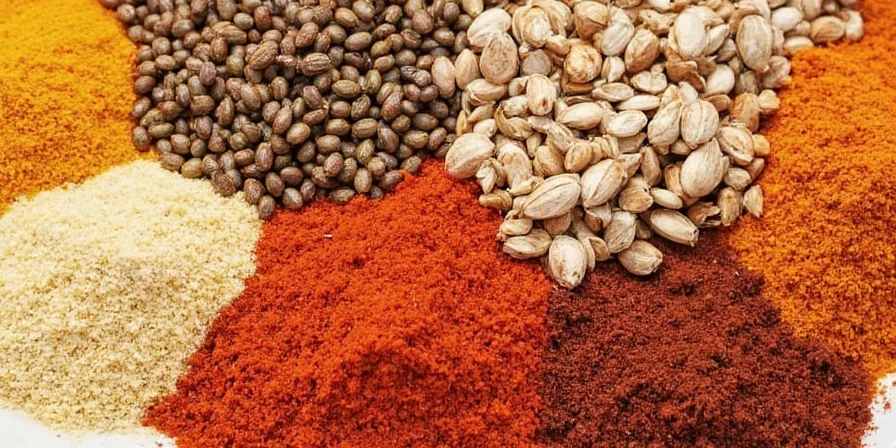
This practical guide cuts through the scientific jargon to give you exactly what you need: when to use each spice, how much to add, and how to store them properly. No culinary degree required - just simple, actionable advice that works in real home kitchens.
1. Cumin – The Earthy Flavor Builder
Cumin adds that warm, earthy base note to so many dishes - think tacos, chili, and curry. It's the secret ingredient that makes your food taste "restaurant-quality" without complicated techniques.
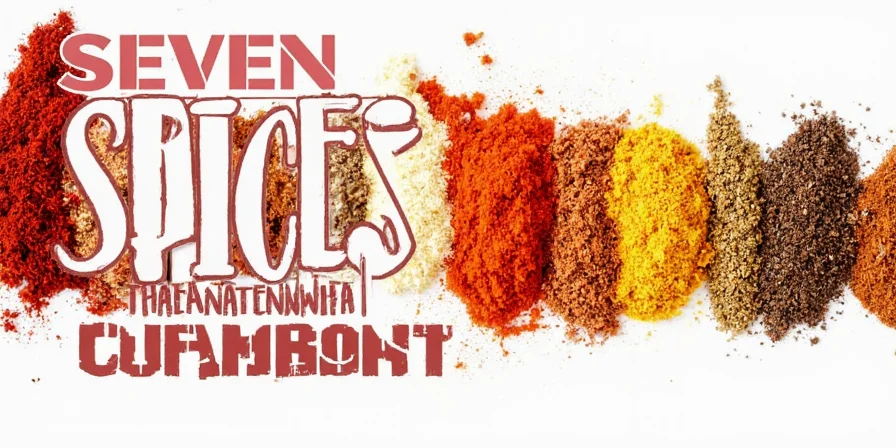
Home Cook's Practical Guide:
- Use ground cumin for soups, stews, and marinades (just 1/4-1/2 teaspoon per serving)
- Toast whole seeds in a dry pan for 1-2 minutes when making rice or roasted vegetables
- Perfect pairing: Combine with paprika and garlic for quick taco seasoning
2. Paprika – Vibrant Color and Mild Heat
Paprika isn't just for coloring deviled eggs - it adds subtle sweetness and depth to countless dishes. The good news: most paprika is mild enough for family cooking.
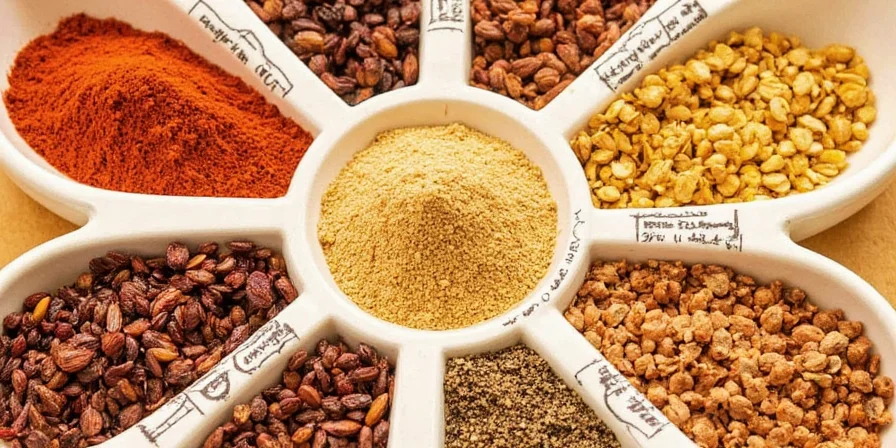
Which Paprika Should You Buy?
| Type | Flavor Profile | Best For |
|---|---|---|
| Sweet Hungarian | Mild, sweet, slightly fruity | Chicken paprikash, deviled eggs, potato salad |
| Smoked Spanish | Rich, smoky, medium intensity | Bean dishes, roasted vegetables, BBQ rubs |
| Hot Paprika | Noticeable heat, complex flavor | Chili, spicy marinades, hearty stews |
3. Cinnamon – Sweet and Savory Essential
Not just for desserts! Cinnamon adds surprising depth to savory Moroccan tagines and even tomato-based sauces. The key is choosing the right type for your dish.
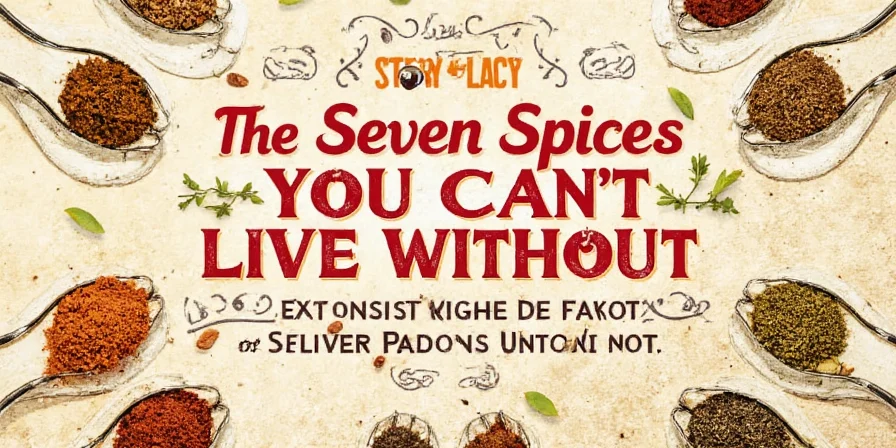
Simple Selection Guide:
- Ceylon ("true" cinnamon): Delicate flavor, perfect for baking and delicate dishes
- Cassia (common grocery store cinnamon): Stronger, spicier flavor ideal for savory dishes
- Pro tip: Add cinnamon early in cooking for savory dishes, near the end for sweet dishes
4. Turmeric – Golden Health Booster
Turmeric gives that beautiful golden color to curries and offers health benefits, but it needs the right preparation to maximize its potential.
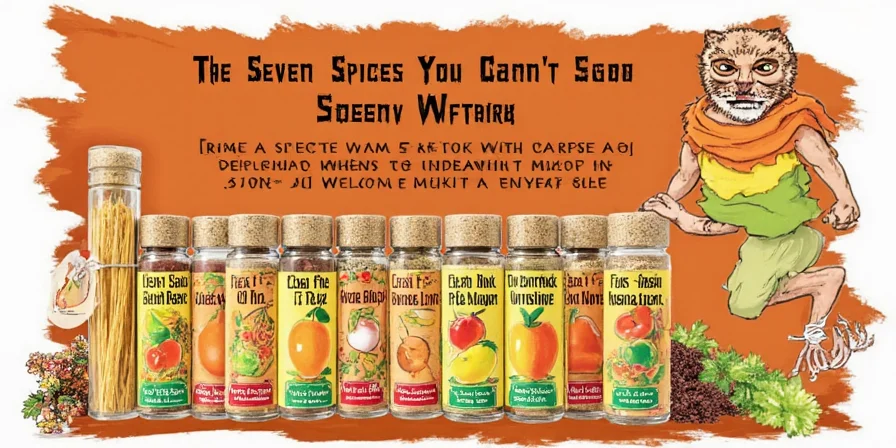
Easy Activation Method:
- Mix with a pinch of black pepper and healthy fat (like olive oil) for better absorption
- Add to warm dishes (not boiling hot) to preserve benefits
- Great in: Golden milk, rice dishes, roasted vegetables, and salad dressings
5. Chili Powder – Controlled Heat Source
Most store-bought chili powder is actually a blend - perfect for consistent flavor in everyday cooking. Understanding what's in your blend helps you control the heat.
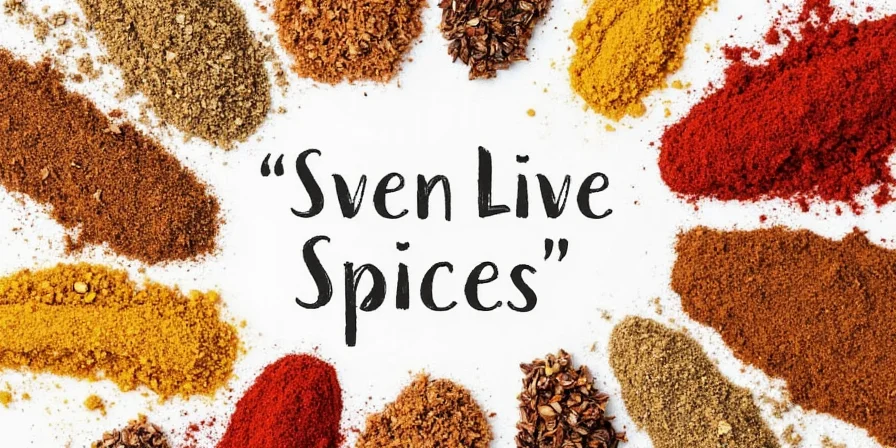
Heat Level Reference:
| Type | Heat Level | When to Use |
|---|---|---|
| Ancho Chili Powder | Mild (like bell pepper) | Family-friendly dishes, tomato sauces |
| Cayenne Blend | Medium (noticeable heat) | Chili, meat rubs, hearty stews |
| Habanero-infused | Hot (use sparingly!) | Specialty dishes for heat lovers |
6. Coriander – Citrusy All-Rounder
Coriander seeds have a completely different flavor from cilantro leaves - think citrusy, slightly sweet, and incredibly versatile across cuisines.
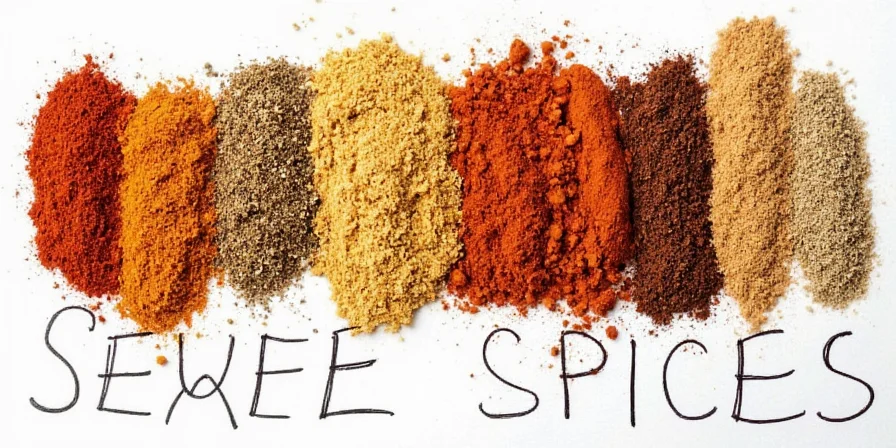
Everyday Uses:
- Essential in curry blends and Middle Eastern spice mixes
- Toast and grind for breads and pickling spice
- Surprisingly good in tomato-based pasta sauces for complexity
7. Cardamom – Fragrant Flavor Enhancer
Cardamom's unique floral-citrus aroma works in both sweet and savory dishes. While expensive, a little goes a long way.

Smart Home Cook Tips:
- Crush pods with the back of a spoon for best flavor release
- Perfect for: Coffee, baked goods, rice dishes, and even roast chicken
- Store whole pods in an airtight container away from heat and light
Practical Spice Pairing Guide: Quick Reference
Save time with these foolproof combinations that work for everyday cooking:
- For roasted vegetables: Cumin + Paprika + Garlic powder (1:1:1 ratio)
- Quick taco seasoning: Chili powder + Cumin + Paprika (2:1:1 ratio)
- Golden rice: Turmeric + Cardamom + Cinnamon (tiny pinch of each)
- Simple curry base: Coriander + Cumin + Turmeric (2:1:1 ratio)
- All-purpose roast chicken rub: Paprika + Coriander + Cumin (2:1:1 ratio)
Start with 1 teaspoon total spice blend per pound of meat or 4 servings of vegetables, then adjust to taste.
Conclusion: Building Your Perfect Spice Collection
These 7 spices form the foundation of a versatile home spice collection. You don't need dozens of jars - with these essentials and the right pairing techniques, you can create countless global flavors. Focus on quality over quantity: buy small amounts from stores with high turnover for maximum freshness.
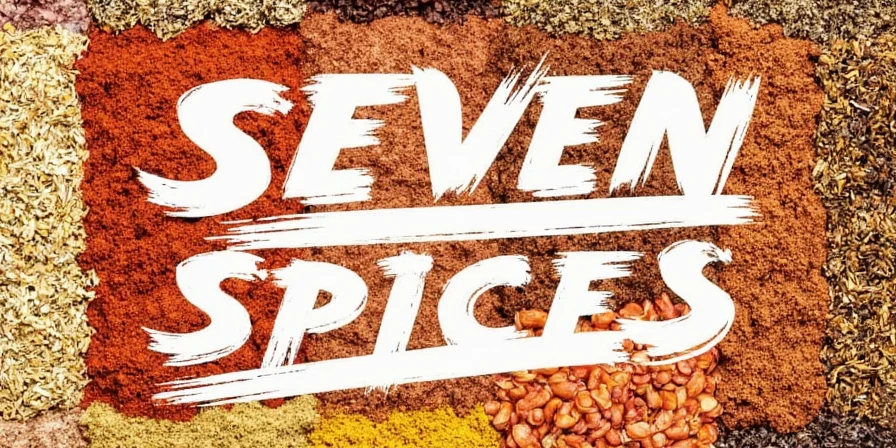
Remember the golden rule: spices are flavor enhancers, not flavor replacements. Start with small amounts, taste as you cook, and build your confidence gradually. With these essentials in your pantry, you'll find yourself cooking more creatively and enjoying meals that taste like they came from your favorite restaurants.
Frequently Asked Questions
How can I tell if my spices are still fresh?
Fresh spices should have vibrant color and strong aroma. A simple test: rub a small amount between your palms for 10 seconds. If you can smell it clearly from 6 inches away, it's still potent. If not, it's time to replace. Most ground spices last 6-12 months, whole spices 1-2 years.
What's the best way to store spices for maximum freshness?
Store spices in airtight containers away from heat, light, and moisture. The kitchen cabinet away from your stove is ideal. Avoid clear containers - dark glass or opaque containers preserve potency longer. Buy whole spices when possible and grind as needed for maximum flavor.
Can I substitute fresh spices for dried ones?
Generally, use 3 times more fresh spice than dried (for example, 1 teaspoon dried = 1 tablespoon fresh). However, fresh and dried versions have different flavor profiles - fresh herbs are brighter while dried are more concentrated. Some spices like cinnamon and nutmeg are rarely used fresh in home cooking.
Why do some recipes say to toast spices?
Toasting releases essential oils and enhances flavor. For home cooks, simply heat spices in a dry skillet over medium heat for 1-2 minutes until fragrant (watch carefully to prevent burning). This works especially well for cumin, coriander, and cardamom. Let cool before using in your recipe.

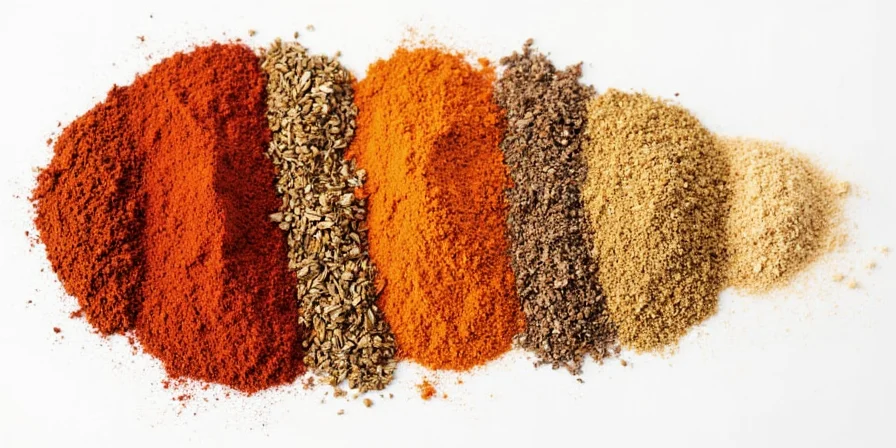









 浙公网安备
33010002000092号
浙公网安备
33010002000092号 浙B2-20120091-4
浙B2-20120091-4